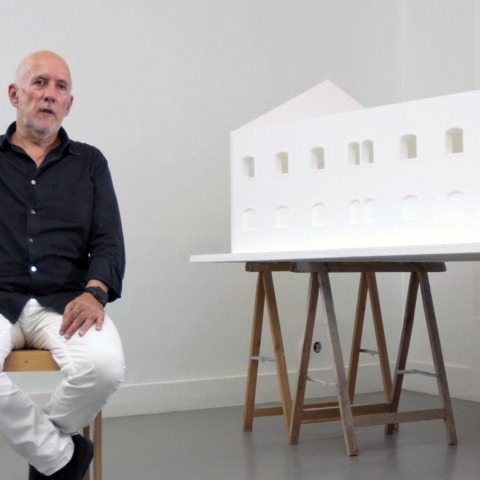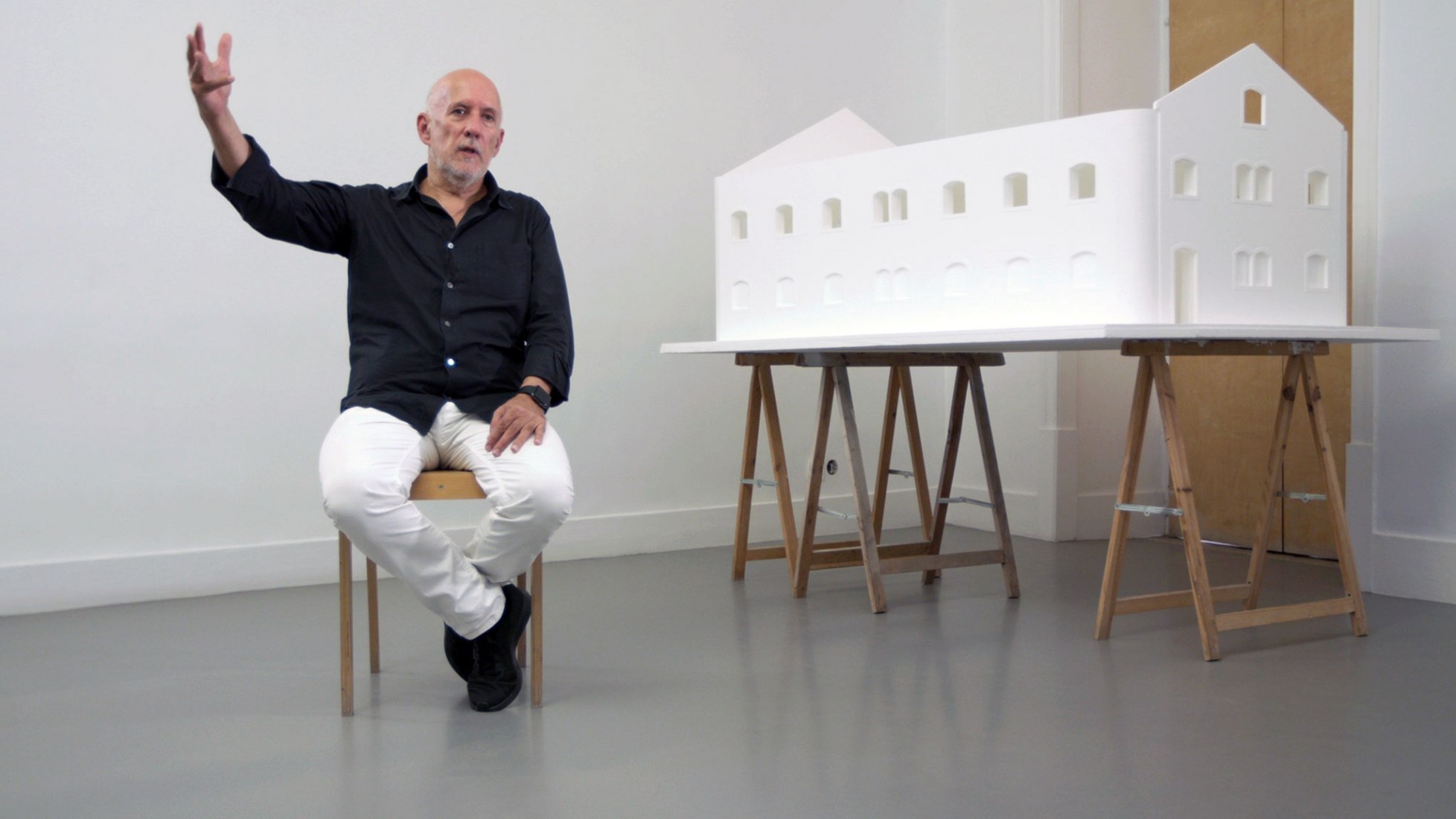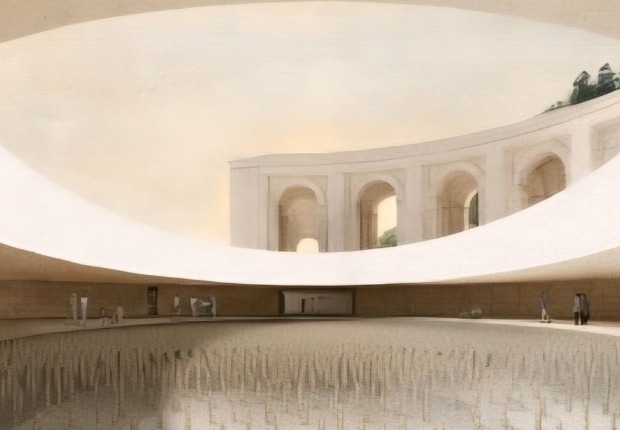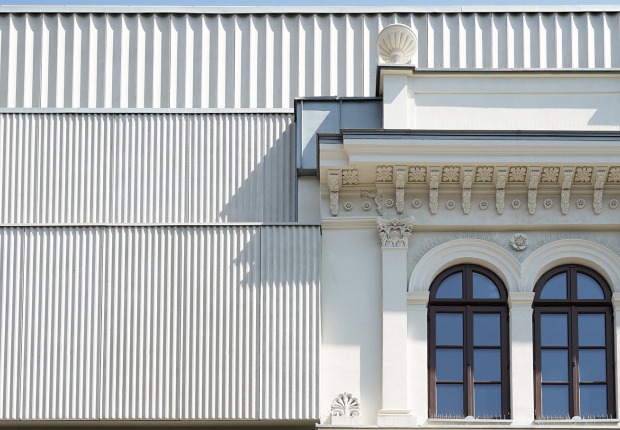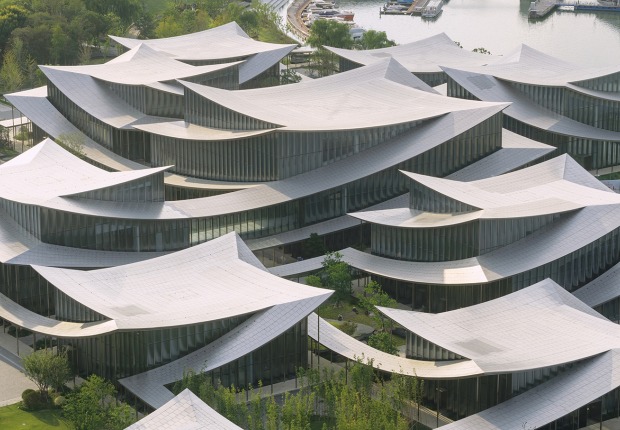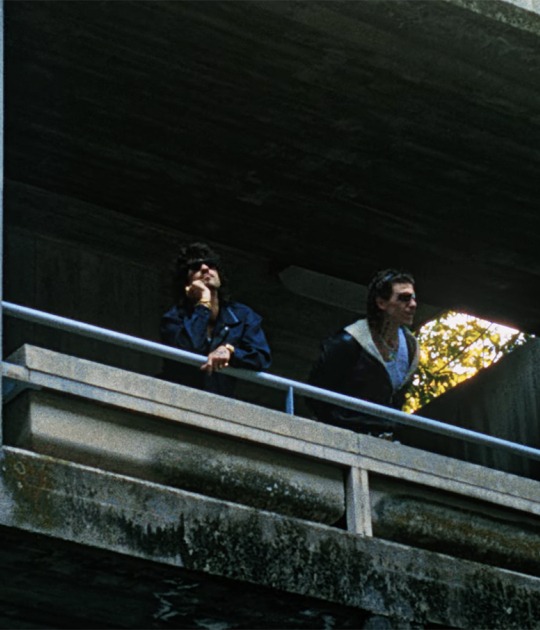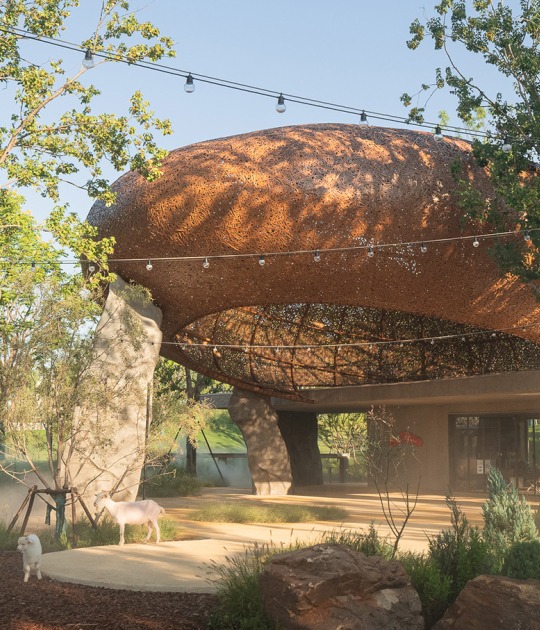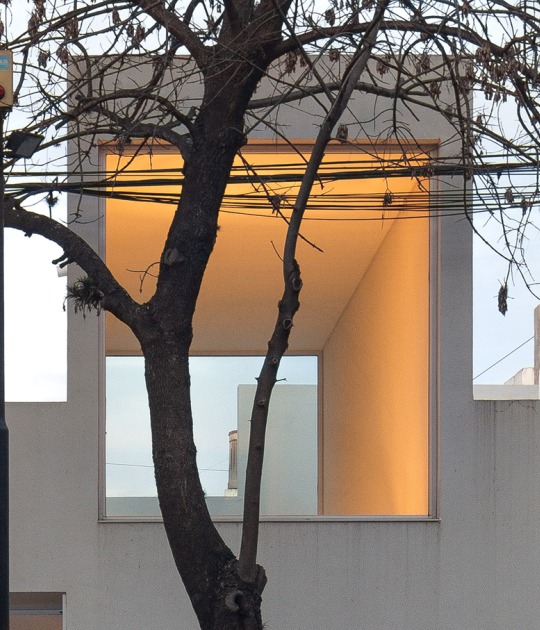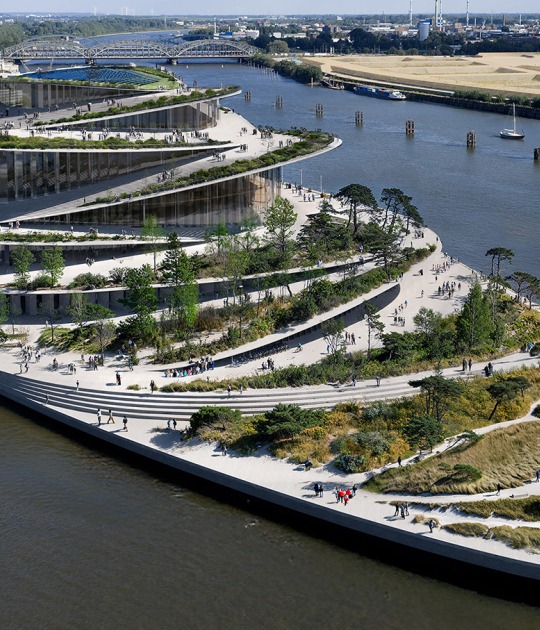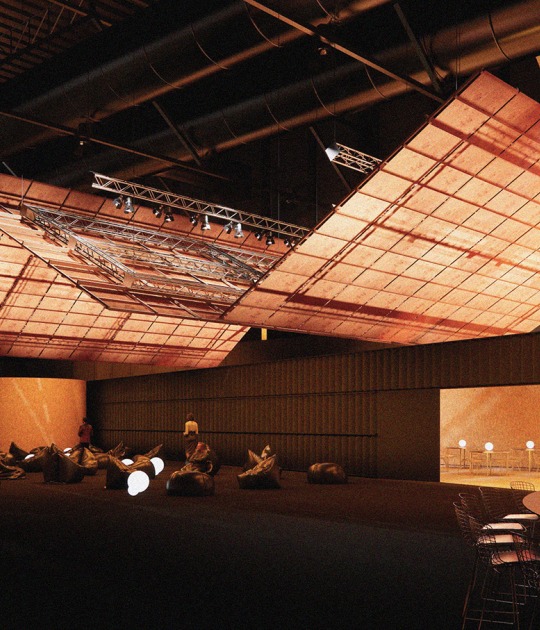This week Gianpiero Venturini interviews the architect João Luís Carrilho da Graça in order to obtain personal information about his career and to know his opinion about the profession and to inspire new generations.
PAST discusses the conditions that allowed him to embark on his path in architecture and how it led his company to be among the most recognized internationally. The interviewee comments on the reasons why he decided to study architecture, his first assignments and some anecdote.
PAST discusses the conditions that allowed him to embark on his path in architecture and how it led his company to be among the most recognized internationally. The interviewee comments on the reasons why he decided to study architecture, his first assignments and some anecdote.
Gianpiero Venturini: Could you share some of the important moments and milestones that define the years after your university graduation?
Carilho Da Graça: "The things I started working with were the territory, the landscape and the city, the way the city was growing, for example, in Lisbon, where we were working a lot. The way the city was growing in this complex but beautiful territory. And that was what I was working on with my students and this was the starting point for many of my initial works. I also visited Oporto and Álvaro Siza. I talked to him, I really liked the works he was doing and in the beginning, I was also very influenced by Alvaro Siza's position and I was trying to do something, more or less, in the same way. I was also very interested in Aldo Rossi - one of the most famous architects of the time - and later Rem Koolhaas".
Carilho Da Graça: "The things I started working with were the territory, the landscape and the city, the way the city was growing, for example, in Lisbon, where we were working a lot. The way the city was growing in this complex but beautiful territory. And that was what I was working on with my students and this was the starting point for many of my initial works. I also visited Oporto and Álvaro Siza. I talked to him, I really liked the works he was doing and in the beginning, I was also very influenced by Alvaro Siza's position and I was trying to do something, more or less, in the same way. I was also very interested in Aldo Rossi - one of the most famous architects of the time - and later Rem Koolhaas".
PRESENT presents the characteristics of his studio, how it works and how it has grown over time. Through this research we get an overview of his practice and can understand the reasons for his success.
GV: What would you suggest to reduce the gap between architects and non-architects?
CDG: "I really like to think that in every place or place we are going to work, there are an enormous amount of qualities. Every part of the world is incredible. So one of the things I like to do in every job is to discover these qualities and improve and have the idea that after the intervention, things are better than before".
CDG: "I really like to think that in every place or place we are going to work, there are an enormous amount of qualities. Every part of the world is incredible. So one of the things I like to do in every job is to discover these qualities and improve and have the idea that after the intervention, things are better than before".
FUTURE debate on issues of today and tomorrow. Each architect discusses a series of key concepts that represent his approach and seeks to advise the new generation of architects and designers.
GV: Are there any key concepts or terms that concern you today and in the future?
CDG: "I think it would be mainly the concept of scale. I always hear older architects say that what they would like to do is a house for a friend near the studio - something like that - where they can discuss and go to work. Something simple where they could take up what they thought about construction and architecture in their lives. I think it's something interesting that we can refer to: achieving simple things in a very good way".
CDG: "I think it would be mainly the concept of scale. I always hear older architects say that what they would like to do is a house for a friend near the studio - something like that - where they can discuss and go to work. Something simple where they could take up what they thought about construction and architecture in their lives. I think it's something interesting that we can refer to: achieving simple things in a very good way".
